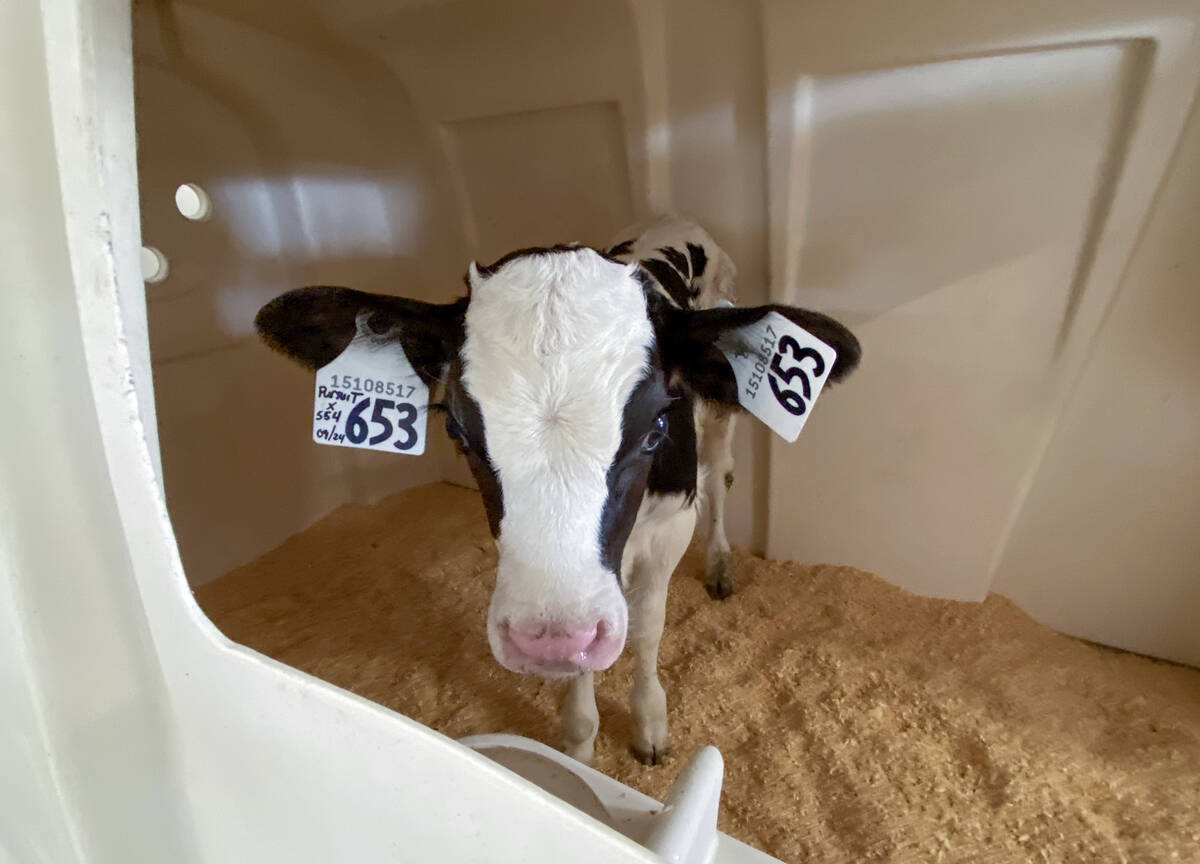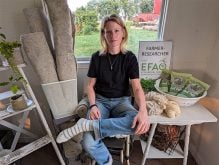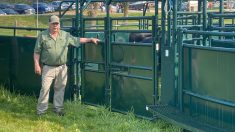Canada did such a good job hosting the first-ever Global Sheep Conference this summer, the Canadian Sheep Federation (CSF) has been asked to host another one next year.
“I think it’s important for a national organization to reach out and find some common issues with other sheep producers around the world,” said CSF chair Allan Ribbink, following the event held July 18 to 20 in Saskatoon. Ribbink has raised sheep near Tiverton since 1979, and the farm now includes about 1,000 ewes and 2,000 feeder lambs.
Why it matters: Sheep producers from around the world who gathered in Canada this summer learned they share many common issues.
Read Also

Lactanet turns methane expertise into business opportunity
Lactanet’s new fee-for-service breeding tool initiative to reduce greenhouse gas emissions in Canadian and Swiss Holstein herds will launch in April 2026.
Ribbink said if Canada hosts a second Global Sheep Conference next year, it will host sheep industry leaders from Australia, New Zealand, South Africa, the United Kingdom, the United States, and Uruguay, and perhaps additional nations.
Ribbink says he was pleasantly surprised with the ability of the CSF, with a limited budget that’s dwarfed by the financial resources available to sheep producer organizations in some of Canada’s larger provinces, to pull together the first-ever conference within the span of 3-1/2 months. Participants paid their travel, while meals and accommodations were covered through CSF funding plus sponsorships.
Equally surprising, though, was how many common issues emerged during the conference sessions.
Common concerns included cell-cultured proteins, climate change, trade practices, harmonizing practices and regulations related to export (such as dentating sheep for age), and developing young leaders. Mental health also emerged as a common concern.
“I know this isn’t sheep-specific, but it’s interesting that it came forward, unannounced, in our agenda,” he said.
The CSF has a mandate and has been provided funding to administer the Canadian Sheep Identification Program and deliver the Voluntary Scrapie Flock Certification Program, among other initiatives. Its membership includes sheep producer organizations from Canada’s provinces. But the fact that not all provincial organizations are members serves as an indication that the country’s sheep producers don’t necessarily always agree on everything.
Nonetheless, Ribbink believes that, from an international perspective, Canada is seen as “neutral ground” in the often-divided world of global sheep sector politics. That’s why, he believes, sector leaders from the top-producing nations welcomed the idea of coming to Canada for this year’s — and hopefully next year’s — Global Sheep Conference.
Canada’s production, he notes, represents approximately one per cent of the global total. While some nations with smaller production are staunchly resistant to lamb or mutton coming into their countries from big global players, in Canada there has been a recognition of the potential benefits of the offshore influx.
“We’re actually quite happy that Australia and New Zealand are shipping lamb into our country filling consumer demand that might otherwise get taken up by beef or pork,” he said. Canadian production can currently only supply an estimated 40 per cent of the domestic consumer demand. “If that shelf space isn’t available to lamb products, that market access isn’t available to us as domestic producers in the future.”
He adds that, in working towards building a stronger Canadian sheep sector, “my intent is more for the next generation than for mine.”
A particular success of the Saskatoon event, he suggests, was promoting the expansion into other sheep-producing nations of a young leadership exchange program that’s already active in Australia, the U.S. and New Zealand.
“It’s one thing to say you need to do this and that, but it’s so much better to actually go to another country and see how things are being done, and then to have a recognition that you can try to bring that back to your own country and see how it might work here.”
On a larger scale, it felt valuable simply experiencing the interaction between the participants from the various countries, knowing they can now follow up on those relationships and connections.
“My sense is we were really successful in that regard,” Ribbink said.















